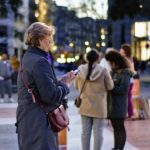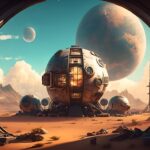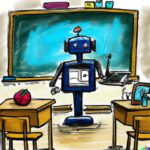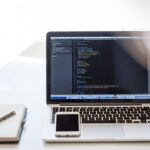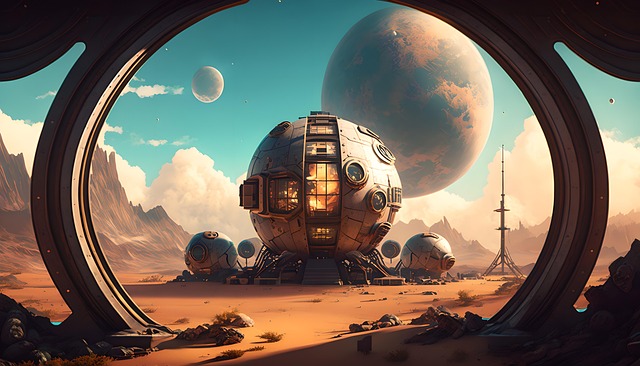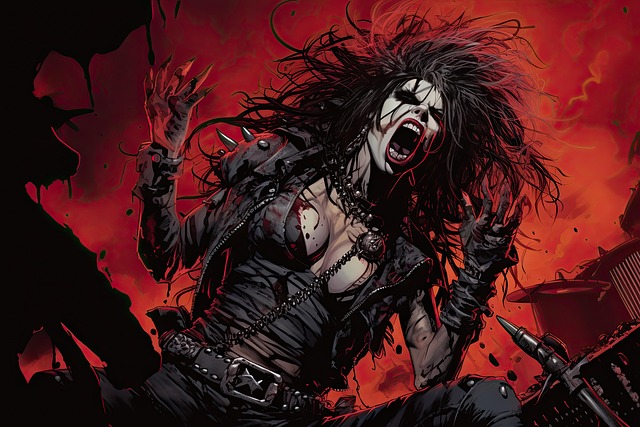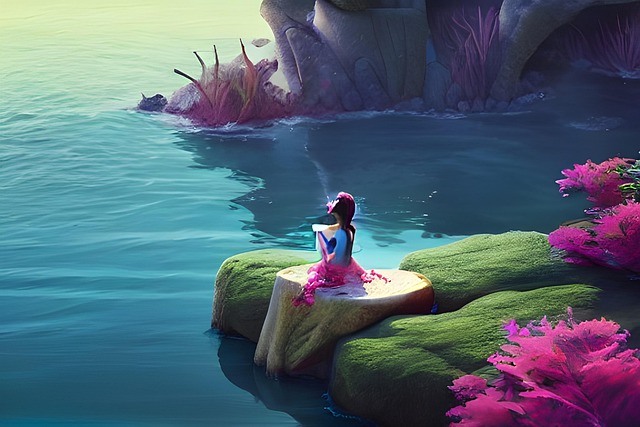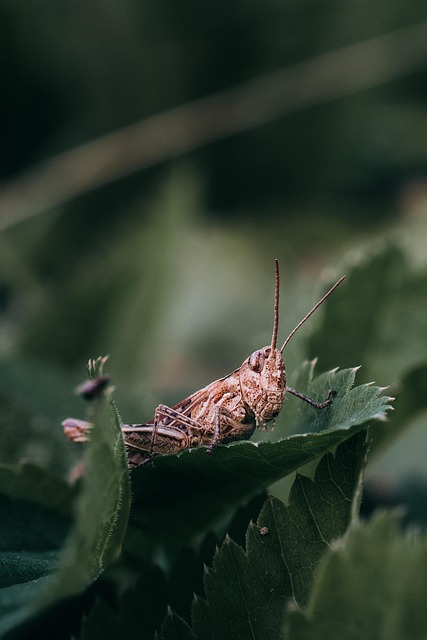Blurring the Lines: The Intersection of AI and Art
Artificial intelligence (AI) has been making waves in various industries, from healthcare to finance. But one area that has been particularly impacted by the rise of AI is the world of art. While some may argue that AI and art are two completely separate entities, the truth is that they are increasingly intersecting and blurring the lines between what is considered human and what is considered machine. In this article, we will explore the intersection of AI and art, and how it is changing the landscape of the art world.
The Rise of AI in Art
The use of AI in art is not a new concept. In fact, it dates back to the 1950s when computer scientist Alan Turing created the first computer program that could generate simple drawings. However, it wasn’t until the 1990s that AI started to gain more attention in the art world with the development of algorithms that could create complex images and even mimic human creativity. Today, AI is being used in a variety of ways in the art world, from creating original works to analyzing and predicting trends in the art market.
Creating Original Art
One of the most controversial uses of AI in art is its ability to create original works. Artists and critics alike have raised concerns about the authenticity and value of art created by machines. However, there is no denying the impressive capabilities of AI in creating unique and thought-provoking pieces. One example is the work of French art collective Obvious, who used AI to create a painting that sold for a staggering $432,500 at auction in 2018. The painting, titled “Portrait of Edmond de Belamy,” was created using a machine learning algorithm trained on a dataset of 15,000 portraits from the 14th to 20th centuries. This raises the question, can machines truly be considered artists?
Collaboration between Human and Machine
While AI may be capable of creating original works, many artists are using it as a tool to enhance their own creativity. This collaborative approach between human and machine is becoming increasingly popular in the art world. One example is the work of American artist Mario Klingemann, who uses AI to create mesmerizing digital artworks that are a combination of his own artistic vision and the capabilities of the machine. Klingemann sees AI as a tool that can help artists push the boundaries of their own creativity and create works that would not have been possible without the assistance of technology.
AI as a Reflection of Society
AI is not only changing the way art is created, but it is also challenging our perceptions of what art is and what it means to be human. Many artists are using AI to explore themes such as identity, consciousness, and the relationship between humans and machines. One example is the work of British artist Anna Ridler, who trained an AI on a dataset of 10,000 tulip images to create a video installation that examines the history and symbolism of the flower. The result is a thought-provoking piece that raises questions about the role of technology in our lives and its impact on our perception of beauty.
The Future of AI and Art
As AI continues to evolve and become more advanced, its role in the art world is only going to expand. Some experts predict that in the future, AI may even be able to create art that is indistinguishable from human-made art. This raises ethical questions about the value and authenticity of art, as well as the role of the artist in a world where machines can create art. However, one thing is certain, AI will continue to challenge and push the boundaries of what we consider to be art.
In conclusion, the intersection of AI and art is a complex and ever-evolving landscape. While some may view it as a threat to the authenticity of art, others see it as an opportunity to explore new forms of creativity and expression. As AI continues to advance and become more integrated into our daily lives, it is inevitable that its impact on the art world will only continue to grow. Whether we embrace it or not, the blurring lines between AI and art are here to stay, and it is up to us to navigate this new territory and embrace the possibilities it presents.

